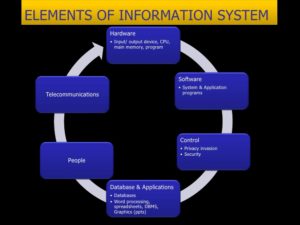

Problem 2.16 1) Nonlinear, since the response to x(t) = 0 is not y (t) = 0 (this is a necessary condition for linearity of a system, see also problem 2.21).

Since Px is not bounded away from zero it follows by definition that the signal is not of the powertype (recall that power-type signals should satisfy 0 0 Thus the signal is not an energy-type signal. Thus the unit step signal is a power-type signal and its power content is 1/2 4) Thus the signal is a power-type A2 signal and its power content is 2. 2)Īs T → ∞, the there will be no contribution by the second integral. Thus x(t) = Aej(2π f0 t +θ) is a power-type signal and its power content is A2. There is no integer N such that sin = sin for all n. Since the ratio of the two periods is not rational the sum is not periodic (by the result of problem 2.4) 3. This is the sum of two periodic signals with periods 2π and 1. The result is a trapezoidal pulse, which when replicated at intervals of 4 gives the plot of x1 (t).Ģ. x(t) is a triangular pulse of width 4 and height 2 from which a standard triangular pulse of width 1 and height 1 is subtracted. Thus the signal is of the power-type and if f1 = f2 the power content is (A + B)2 /2 whereas if f1 ≠ f2 the power content is 12 (A2 + B 2 ) To test if the signal is of the power-type we consider two cases f1 = f2 and f1 ≠ f2. Thus the signal is not of the energy-type. The signal x3 (t) is of the power-type and the power content is 1. Thus the signal x2 (t) is not a power-type signal. To test if x2 (t) is a power-type signal we find Px. Hence, the signal x2 (t) is not an energy-type signal. Thus, Ex = ∞ since as we have seen from the first question the second integral is bounded. x4 (t) is sinc(t) contracted by a factor of 10. It is obvious from the definition of sgn(t) that sgn(2t) = sgn(t). Side of triangular pulses that are displaced by one unit of time is equal to 1, The plot is given belowģ. Λ(t − n) is a sum of shifted triangular pulses. This indicates first we have to plot Π(2t) and then shift it to leftĪ plot is shown below: Π (2t + 5) ✻ 1 − 11 4
#Fundamentals of communication systems solutions manual
Fundamentals of Communication Systems 2nd Edition Proakis Solutions Manual Full clear download (no error formatting) at:


 0 kommentar(er)
0 kommentar(er)
